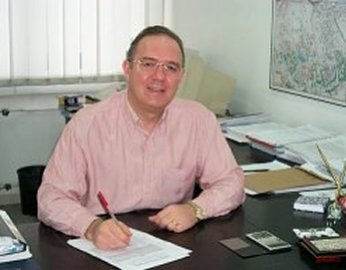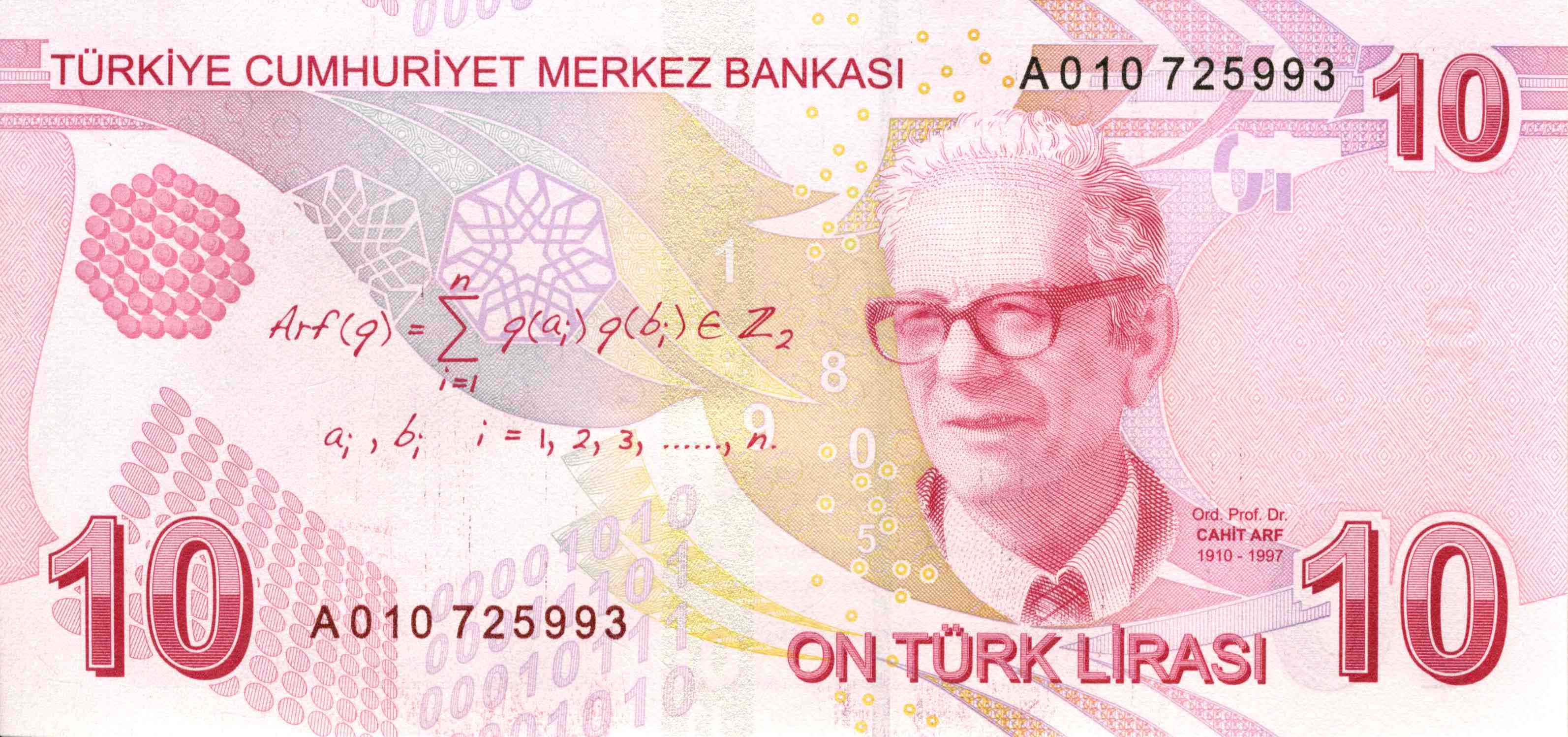 Goto Top
Goto Top
Faculty Seminars are scheduled for the first Wednesday of every month and aim to bring together researchers and students from all walks of science to discuss recent and distinguished advances in science.
Seminars of the 2008-2009 academic year are here.
Seminars of the 2009-2010 academic year are as follows:
| October 14, 2009 | Tayfun ÖZÇELİK | February 3, 2010 | Hayriye Yeter GÖKSU | |
| November 4, 2009 | Ali ALPAR | March 3, 2010 | Ömer ILDAY | |
| December 2, 2009 | Turgut ÖNDER | April 14, 2010 | İhsan GÜRSEL | |
| May 5, 2010 | Cem TEZER |
Speaker:
Prof. Dr. Tayfun
ÖZÇELİK
Affiliation: Department of Molecular Biology and Genetics, Bilkent University
Title: Human Genomics: The Curious Cases of Quadrupedal Locomotion
Date: October
14, 2009,
15:40 at SBZ14.
Abstract: Inherited mutations that result in unique Mendelian phenotypes in humans
provide excellent opportunities to study genome evolution. Bipedal locomotion, brain enlargement, tool use and speech are considered among
the key events that contributed to the divergence of our species. Identification of the genes that are associated with microcephaly or
speech disorders have provided invaluable insight into human genomics and neurosciences in the past decade. A most interesting phenotype that has
the potential to provide novel information on the genomic aspects of cerebellar development is quadrupedal locomotion in humans. In this talk,
high-resolution genotyping, candidate gene analysis and deep sequencing approaches for the identification of chromosome regions and genes
associated with quadrupedal locomotion will be presented.
Speaker: Prof. Dr. Ali ALPAR
Affiliation: Sabancı University
Title: Galileo, Science and the
Heavens
Date: November 4, 2009, 15:40 at
SBZ14.
Abstract: Since this is a popular talk on the occasion of International Year of Astronomy, the speaker has provided a poster instead of an abstract.
Speaker: Prof. Dr. Turgut
ÖNDER
Affiliation: Department of Mathematics, METU
Title: On the recent solution of Arf-Kervaire
invariant problem
Date:
December 2, 2009, 15:40 at SBZ14.
Abstract: Arf-Kervaire invariant is an invariant of an n-dimensional framed differentiable manifold for n=4k+2. It is the Arf invariant of a certain quadratic form on the (2k+1)-dimensional homology group of the manifold with the coefficient group integers modulo 2, and it takes the values 0 or 1.
The problem of determining the dimensions n in which there are n-dimensional framed manifolds of Arf-Kervaire invariant 1 is called the Arf-Kervaire invariant problem. It is the key to several important problems in algebraic and geometric topology, for instance the classification problems of higher dimensional manifolds. On 21 April 2009 Michael Hopkins, Douglas Ravenel and Michael Hill announced that they have completed the solution of this 45-year-old problem except for the dimension n=126. On 26 August 2009 they have published a 99 pages preprint in the
arXiv explaining the details of the proof.
In this talk we shall outline for a general audience the Arf-Kervaire invariant problem and the developments leading to its solution.
Here is a formula for a special case of Arf invariant:

Speaker:
Prof. Dr.
Hayriye Yeter GÖKSU
Affiliation: Department of Physics, Adıyaman University
Title: On the trace of Chernobyl accident
Date:
February 3, 2010, 15:40 at SBZ14.
Abstract:
The talk
will summarize 15 year of field work and
laboratory measurements in the
First part
of the talk will provide a general description of the accident (scales, peculiar
features of radionuclide release, exposure dose).
Second
part of the talk will summarize the results
and medical impacts of the accident (deterministic effects are considered along
with stochastic effects such as leukemia, thyroid cancer, non-thyroid solid
cancer and non cancer disease).
Speaker: Asst.
Prof F. Ömer ILDAY
Affiliation: Department of Physics, Bilkent University
Title: How to bend light: A
brief history of fiber optics
Date: March
3, 2010, 15:40 at SBZ14.
Abstract: The Nobel Prize in 2009 honored two revolutionary technologies, the development of optical fibers and the invention of the charge-coupled device. The optical fiber, initially conceived of as a medium for transmitting of light with low-loss, has a remarkably rich history. In addition to applications in telecommunications and biomedical imaging, fibers were used to generate white light brighter than the sun, transforming frequency metrology (honored by the Nobel Prize in Physics 2005) and fiber lasers are now revolutionizing high-power industrial lasers. Photonic crystal fibers implement bandgap engineering originally inspired by solid state physics. The nonlinear waves community has unraveled the fascinating world of solitons, similaritons, and shock waves, through experiments in fibers. This talk will be a guided tour of several fields that optical fibers have transformed over the past 50 years. No prior knowledge of the field is assumed
Speaker: Assoc.
Prof. İhsan GÜRSEL
Affiliation: Department of Molecular
Biology and Genetics, Bilkent University
Title: DNA: a potential nanodrug, more than a blueprint of life?
Date: April
14, 2010, 15:40 at SBZ14.
Abstract: The
mechanism of action of CpG containing short oligodeoxynucleotides (CpG ODN)
patterned after bacterial DNA (immunostimulatory CpG motifs) trigger cells of
the immune system through toll like receptor 9 (TLR9) and induces a robust
pro-inflammatory and Th1 biased immune response. There has been considerable
interest in the use of these agents in vaccines, as an immune adjuvant (such as
bird or swine flu), or as stand-alone anti-cancer or immunoprotective agents
(against anthrax or ebola). In order to utilize these labile molecules in
disease treatments more effectively and efficiently, their in vivo performance
and ability to localize at the site of relevant cells must be improved. A
promising tool to reach this goal is to design targeted delivery vehicles that
improves the stability of the DNA, while preventing premature digestion and
elimination. This talk will focus on the recent efforts pursued towards this end
in the Biotherapeutics ODN Lab and discusses recent findings related to the
potential application of DNA as a "Therapeutic Nanodrug" to treat
diseases ranging from cancer to infectious diseases to Allergy and Autoimmune
disorders.
Speaker: Prof.
Dr. Cem TEZER
Affiliation: Department of Mathematics, METU
Title: Compendium of Mathematical
Sciences of Başhoca İshak Efendi: A calculus textbook in the reign of
Mahmut II
Date: May
5, 2010, 15:40 at SBZ14.
Abstract: Arguably
the most profound and consequential of the
reformist rulers of imperial Turkey, Mahmud II (1785-1839) personally encouraged
the production of
Turkish textbooks for the
students of the straggling military engineering colleges of his domain,
institutions which were the embryonic forerunners of the present day İstanbul
Technical University. Written by Başhoca İshak Efendi during the
relatively stable later stage of the Mahmudian era, Compendium
of Mathematical Sciences
is a
four volume textbook devoted
mainly to calculus along with
substantial passages on trigonometry, conic
sections, mechanics and astronomy topped off
with a collection of delightful
forays into optics, biology and
chemistry. The gargantuan opus and
its mysterious author are important
witnesses of the romantic and hazardous
reign of Mahmud II. After
a brief account of the little that is known about the life of İshak
Efendi, the speaker will present samples of the original Ottoman Turkish text
itself and discuss the mathematical content
and pedagogical quality thereof.
Contact person: Ali Sinan Sertöz